Categories
Subjects
Authors
Artists
Venues
Locations
Calendar
Filter
Done
October 8, 2024 – Review
Gustav Metzger’s “And Then Came the Environment”
Rob Goyanes
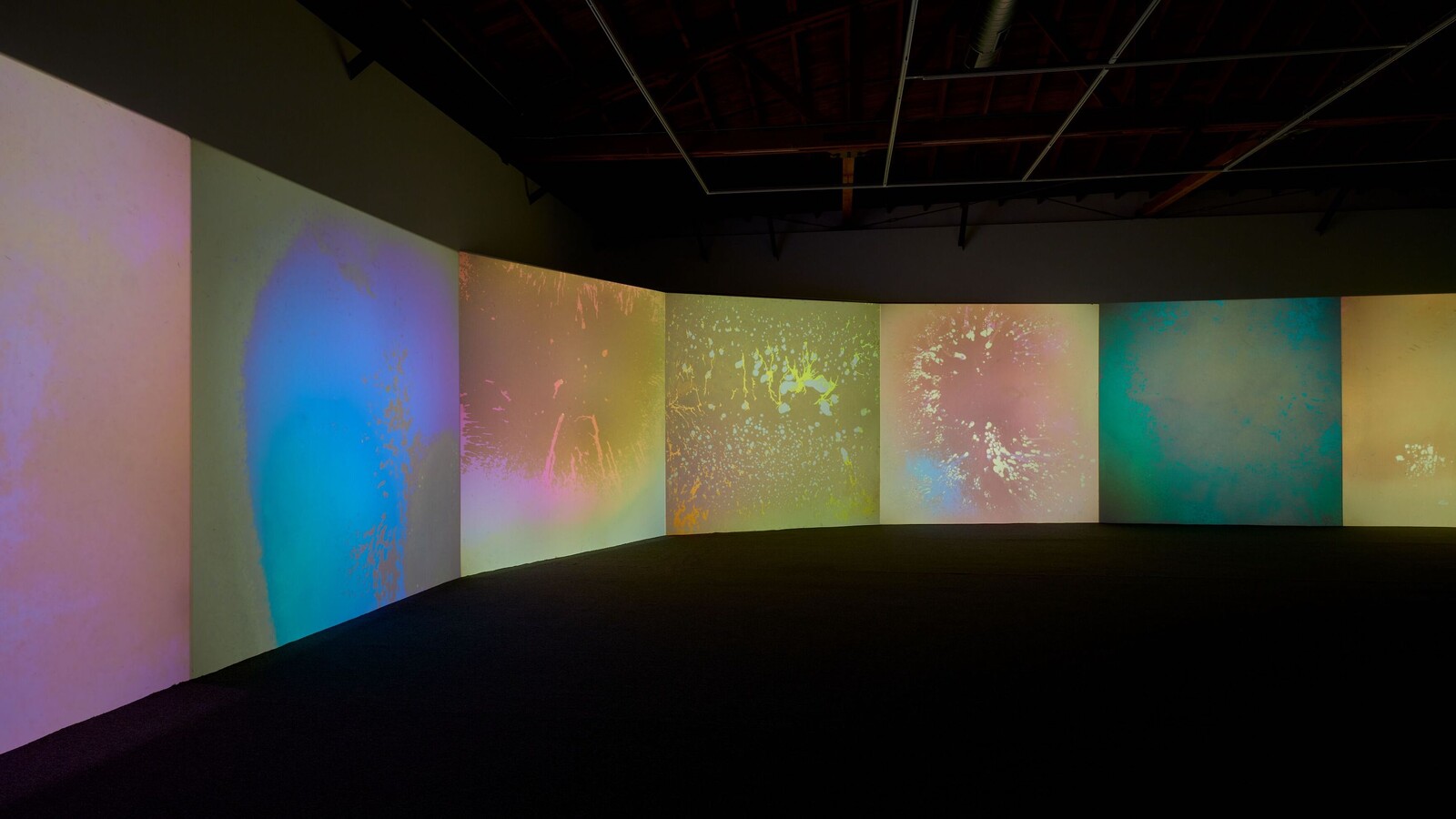
Gustav Metzger hated cars. Not only for the pollution and noise, but because of their association with the hermetically sealed “gas vans” that Nazis used as mobile extermination chambers, diverting exhaust fumes into the vehicles’ interiors. Conceived but not realized for the United Nation’s first world conference on the environment in 1972, Metzger’s installation Project Stockholm, June (Phase 1)—finally executed for the Sharjah Biennial in 2007—included 120 cars, parked around a clear rectangular structure, their motors running constantly and filling the space with gas. The resonances with the United Arab Emirates (one of the world’s largest oil economies), and Los Angeles itself, site of this exhibition, are clear.
Metzger died in 2017, at the age of 90. When Hauser & Wirth started representing his estate three years later, it marked the first time that his work had been shown in one of the commercial galleries that he memorably described as “Capitalist institutions. Boxes of deceit.” “And Then Came the Environment” is one of more than seventy exhibitions and events in the Getty’s Southern California–wide PST ART: Art & Science Collide initiative. Featuring works made between 1961 and 2014, the show positions the artist in its press materials as an advocate …
November 10, 2021 – Review
Lorna Simpson’s Everrrything
Fanny Singer
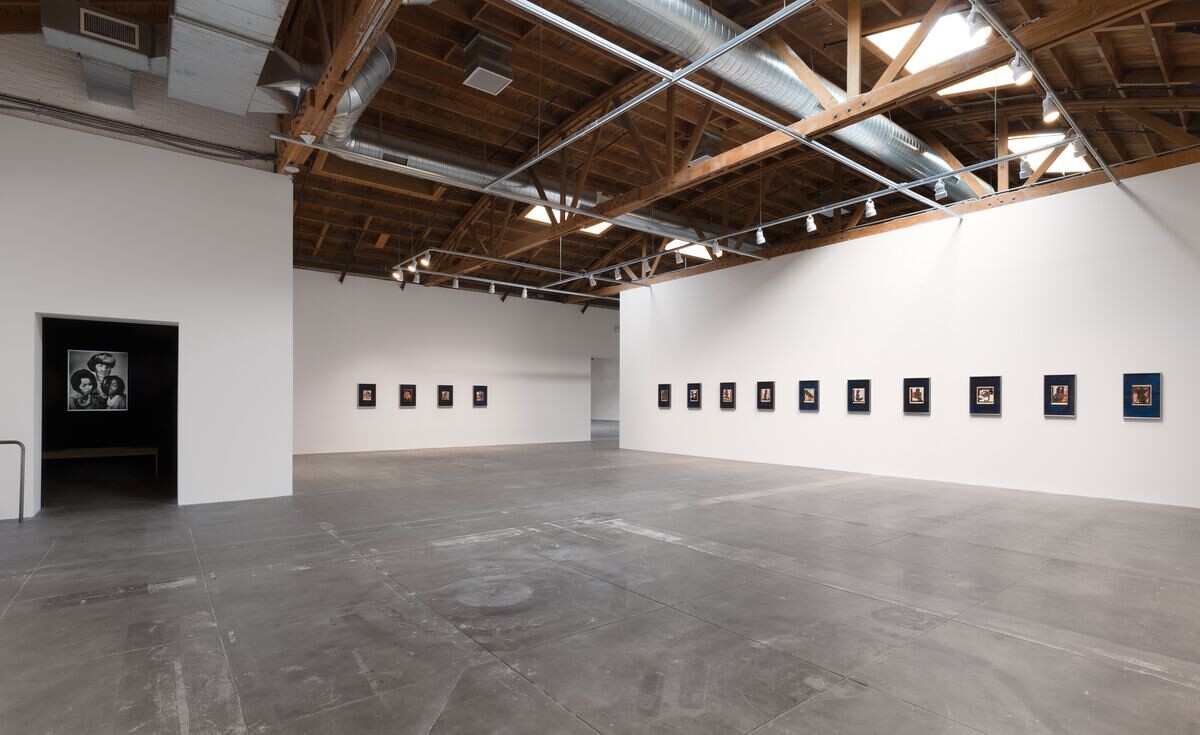
A horizon line of celestial bodies runs around the first room of Lorna Simpson’s solo exhibition at Hauser & Wirth, Los Angeles. In each of these collages, the figure of a woman has been cut away from a printed photographic image and placed over another of a night sky, revealing, through the negative space of her form, a window onto the cosmos. The show’s title is borrowed from the first piece you encounter, a ten-part work stretching out like a necklace, or a string of stars perhaps, across the north wall. This opening gallery contains four multi-part works, and three discrete ones (all from 2021), of nearly identical scale and media: all are intimate collages affixed to rough, indigo-hued handmade paper. Of the twenty-four pieces in the first room, the majority have the same source material: nineteenth- or early twentieth-century astronomical charts, illustration plates depicting constellations of stars and planets and celestial events.
Simpson’s muses are sourced—as her female subjects so often are—from vintage magazines like Jet or Ebony, or pin-up calendars. These dazzling pieces are both tidy and careful, yet strangely unpredictable, as if Simpson had allowed the process of excising the female silhouettes to approach automatic drawing rather …
February 28, 2019 – Feature
Los Angeles Roundup
Christina Catherine Martinez
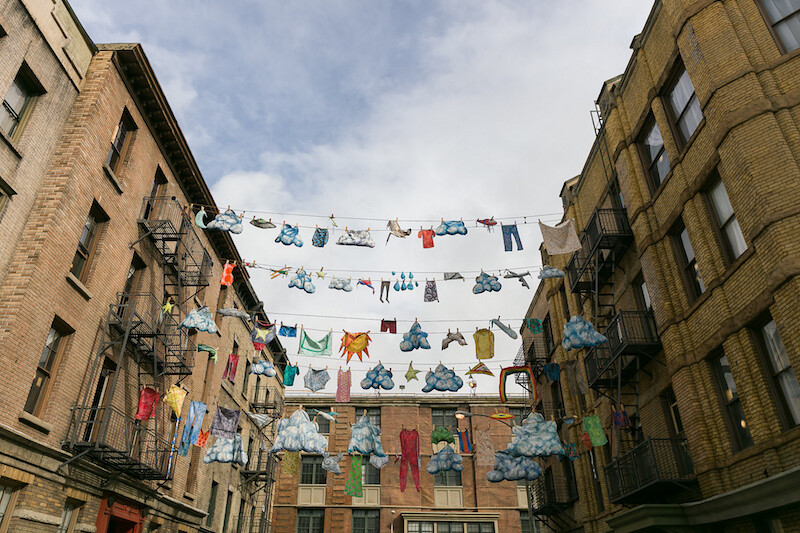
“This is a stupid town. It’s lazy, it’s polite, it’s so sissy in its mentality, so go along with everything that goes along. It’s corporate-owned, it’s a town owned by Hollywood, and it’s about time it grew up. It’s about time that it took art and said come on baby, show me something!” Thus spoke John Cassavetes in a behind-the-scenes documentary for his 1977 film Opening Night. The clip played as part of an intro bumper at Now Instant Image Hall, a microcinema in Highland Park with a bookshop selling various zines and small press titles related to its eclectic programing, from Susan Cianciolo’s films to historical gems like Reyner Banham Loves Los Angeles (1972). The latter screened just a few days before the cultural Leviathan known as Frieze Week descended upon the city, bringing with it a deluge of rain and the attendant disenchantment.
Cassavetes’s diatribe drew laughs and cheers from the 60 or so rain-soaked people nestled into the space (I love the way he hisses out the word sissy—his hatred for Los Angeles is unimpeachably authentic) and it does presciently, if cynically, encapsulate this moment of arrival. The LA art scene grew up. Or at least, the kids …
December 6, 2016 – Review
Isa Genzken’s “I Love Michael Asher”
Travis Diehl
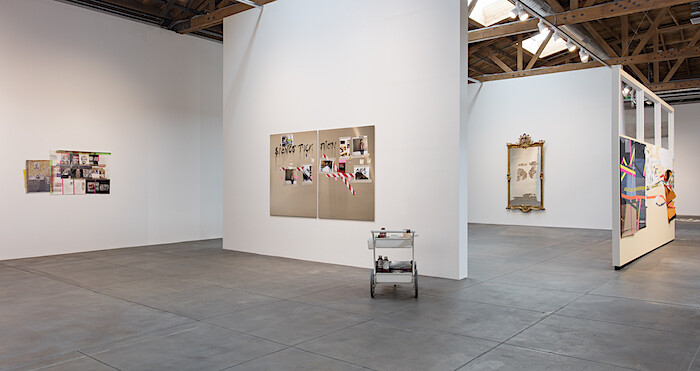
In a shallow bay window facing 2nd St., a ledge overflows with studio clutter: a couple dozen euros in coins between a few dying plants; a bowl filled with loose earrings and studs; a keycard from the Waldorf Astoria; a castle of used tea candles, Red Bull cans, and tiny uniformed figurines (cops, or Luftwaffe), all iced with white paint. One only wants the empty blue ashtray to overflow with butts to complete the quintessential image of an artist at work. The setup doesn’t just mimic; nearly every object has been shipped from Genzken’s studio in Berlin, down to the ledge itself. The extant window has been remodeled and a radiator sourced to match the original. (Genzken’s actual desk is here, too. So is a reproduction of a studio wall.) Her process has seemingly been frozen, portioned into discrete pieces, and mailed to L.A.
The collages and assemblages, accordingly, are laced with the leftovers of art handling, packing and unpacking; one trio of works is laid out on their boxes; several pieces include tape marked with the D’ART® logo of a transatlantic shipping company. (All works are from 2016 and, except where noted, untitled.) Other sculptures feature German shopping bags. An …
October 30, 2015 – Review
Mike Kelley
Kim Levin
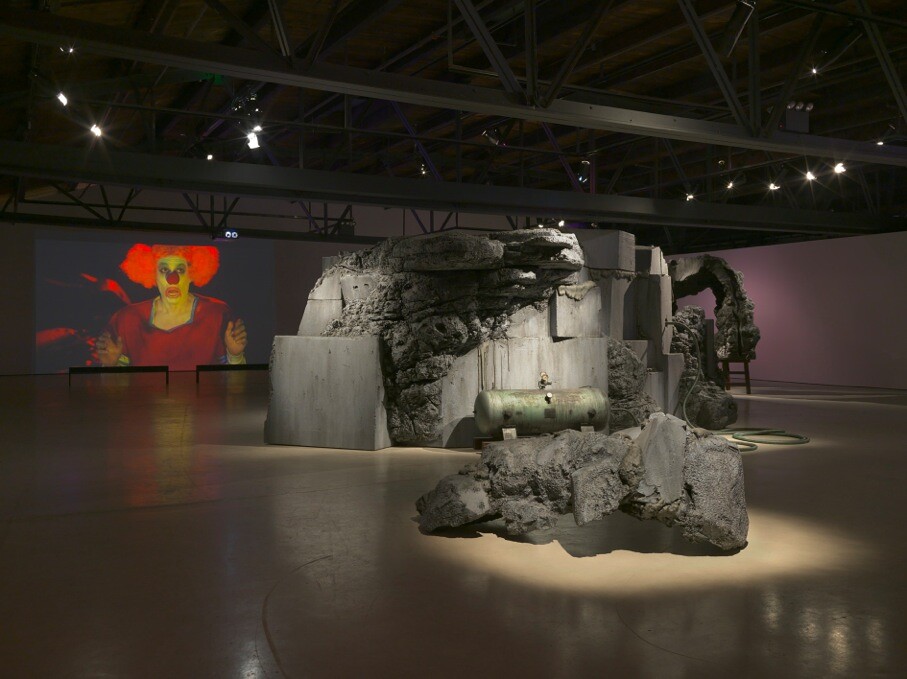
Astute observers in the art world were puzzled by Mike Kelley’s move from Metro Pictures to Gagosian in 2005. It seemed as if he had left a warm and supportive family concern for the cold new world of unfettered late capitalism. In the wake of the artist’s 2012 suicide, there was further bewilderment when his estate moved to a different mega-gallery, Hauser & Wirth. Why on earth, wondered my editor when she commissioned this review, would they move from one international blue chip gallery to another?
This posthumous exhibition at Hauser & Wirth provides one answer. Organized in cooperation with the Mike Kelley Foundation for the Arts and former MOCA curator Paul Schimmel, now director of Hauser & Wirth’s new Los Angeles branch, the show is revelatory: smartly put together with love, insight, and admiration. They knew exactly what to show, how to show it, and how to give it context and sense. They even tried to cast a hopeful light on Kelley’s dark vision. Speaking at the press view, Schimmel said Kelley was dealing with an “epic otherworldly pursuit and the surrealist tradition.” His “sculptures of the unconscious” were “recycling the sense of monumental failure,” seeking “a place to go …